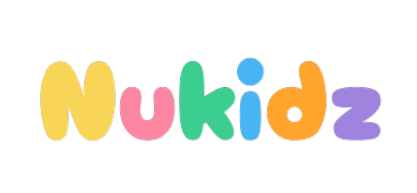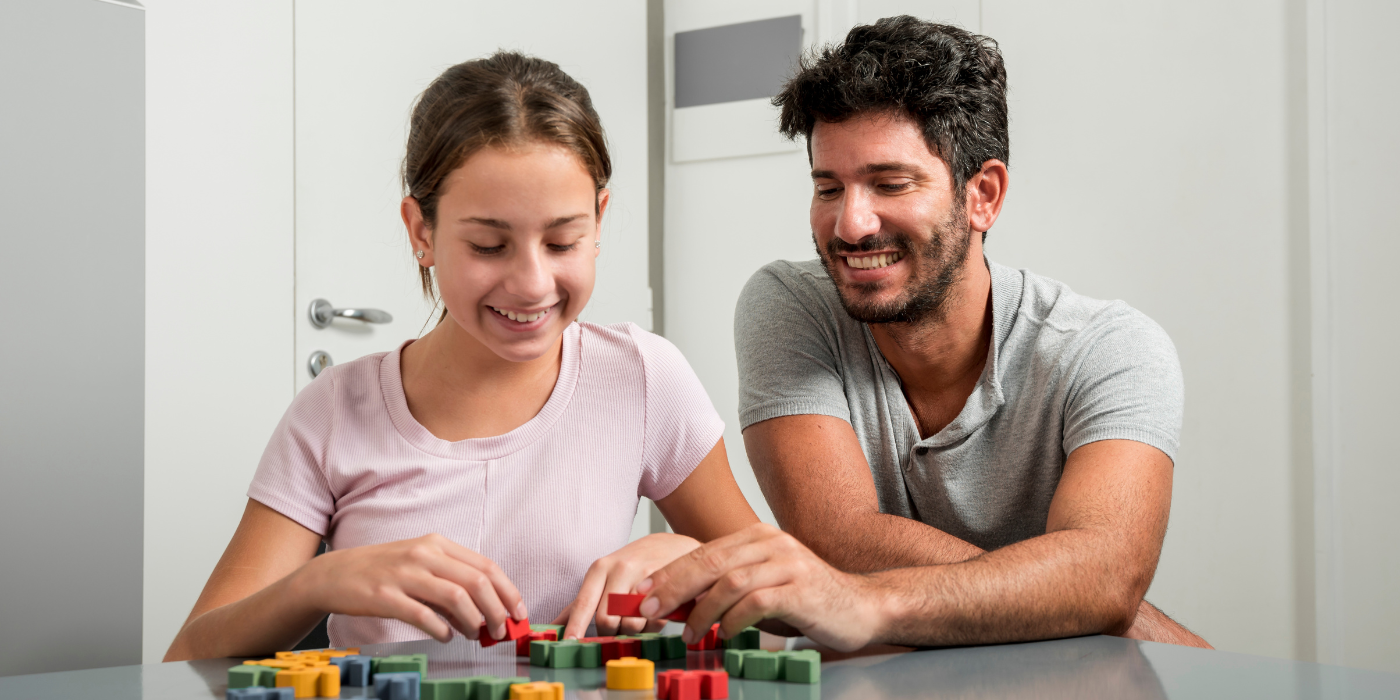When a child is diagnosed with dyslexia, it’s easy for parents to feel overwhelmed or worried. Reading challenges, struggles in traditional classrooms, and misunderstood behaviors can lead to frustration—for both kids and their caregivers. But here’s the truth many overlook: dyslexia isn’t a limitation—it’s a different way of thinking. And with that comes incredible strengths.
Instead of focusing solely on what’s “hard” for a child with dyslexia, it’s time we shift the narrative. What if your child’s greatest struggles are also windows into their hidden superpowers?
This blog explores how to spot those strengths early, nurture them at home, and help your child thrive—not despite their dyslexia, but because of it.
Why Understanding Dyslexia Differently Matters
Dyslexia affects up to 1 in 5 children. While it’s often labeled as a reading disorder, dyslexia is really about how the brain processes language—and it’s usually accompanied by brilliant strengths in other areas.
What Dyslexia Isn’t: Busting the Myths
Before we dive into discovering your child’s superpowers, let’s clear up some common misconceptions:
- Dyslexia is not about intelligence. Many children with dyslexia are highly intelligent and creative thinkers.
- It’s not just a reading issue. Dyslexia can influence various skills such as spelling, writing, memory retention, and managing time effectively.
- Dyslexia doesn’t go away. But with the right support, kids can thrive in school and beyond.
The Superpowers Hidden Behind Dyslexia
Children with dyslexia often have strengths that don’t show up on report cards—but shine brightly in real life. Here are some of the most common ones to look for:
1. Big Picture Thinking – Kids with dyslexia often excel at seeing patterns, connections, and the “big picture” when others are stuck in the details.
Examples:
- Understanding complex concepts by linking ideas visually
- Solving real-world problems with creative approaches
- Coming up with innovative solutions during family discussions
2. Exceptional Creativity – Many dyslexic children express themselves through art, music, storytelling, or imaginative play.
Look for signs like:
- Telling rich, detailed stories with strong characters
- Drawing or building intricate designs from scratch
- Inventing new games or diving into imaginative role-play together at home.
3. Strong Verbal and Social Skills – Though reading may be difficult, many dyslexic kids are gifted communicators and emotionally intelligent.
You might notice:
- An ability to tell jokes, persuade others, or lead playgroups
- Sensitivity to others’ feelings and strong empathy
- Confidence when speaking or performing aloud
4. Excellent Spatial Reasoning – Dyslexic children often excel in 3D thinking, engineering-type tasks, and hands-on learning.
Examples:
- Building with LEGO or blocks in complex patterns
- Quickly understanding maps or puzzle-like games
- Excelling in physical activities or sports that require coordination
How Parents Can Spot and Nurture These Strengths
Your child might not always be able to express their strengths in a traditional classroom, but you can help unlock them at home.
a. Observe Beyond Academics – Pay attention to when your child lights up. Is it during storytelling, building, dancing, or solving problems?
b. Ask Insightful Questions
- Which moment today made you the happiest?”
- “When do you feel the smartest?”
- “If you could design your own school, what would you choose to learn?”
c. Celebrate Progress, Not Perfection – Focus on effort, creativity, and growth—not grades or comparison.
“I love how you solved that problem your own way,” is more powerful than, “You got the right answer.”
Everyday Activities That Reveal Dyslexia Superpowers
You don’t need fancy tools to support a child with dyslexia at home. Here are simple, offline activities that can help you spot and strengthen their unique abilities:
1. Visual Arts and Design Projects
Let your child create:
- Collages from magazines or nature
- Comic strips with their own characters
- DIY room decor or mood boards
2. Imaginative Storytelling
Try these:
- Make up bedtime stories together
- Use storytelling dice or prompt cards to create fun and original storylines together.
- Act out scenes with toys or puppets
3. Hands-On Building Challenges
Use:
- LEGO kits without instructions
- Household materials for Rube Goldberg machines
- Recycled boxes for building forts or cities
4. Real-Life Problem Solving
Involve your child in:
- Planning a family meal or picnic
- Rearranging a room layout
- Figuring out the best route for errands
Boosting Confidence Through Strength-Based Parenting
Children with learning differences often hear what they can’t do. Your job as a parent? Help them discover what they can do—and celebrate it loud and proud.
Here’s how:
- Use affirming language. Say: “You think in such interesting ways,” or “You’re great at figuring things out visually.”
- Display their work proudly. Whether it’s a drawing, poem, or LEGO structure, put it on the fridge or share it with loved ones.
- Give them leadership opportunities. Let them lead a family game, teach a younger sibling, or help plan a weekend outing.
When to Seek Extra Support
Supporting a dyslexic child doesn’t mean doing it all alone. There’s no shame in seeking help.
Consider:
- Talking to teachers about strength-based IEPs or classroom accommodations
- Hiring a tutor who understands dyslexia and uses multi-sensory learning methods
- Exploring apps and audiobooks tailored to dyslexic learners (e.g., Learning Ally, Speechify, or Bookshare)
Encouraging Growth with the Right Tools
Here are some dyslexia-friendly tools that play to your child’s strengths:
- Audiobooks: For kids who struggle with reading but love stories.
- Voice-to-text software: Helps them express ideas without writing fatigue.
- Graphic organizers: Great for organizing big-picture thinkers’ ideas visually.
- Games like Minecraft or Roblox Studio: Taps into spatial and design skills (with supervision, of course).
Final Thoughts: See the Brilliance Behind the Struggles
Your child is not broken, behind, or less than—they simply learn in a different way. And within that difference lies remarkable strengths waiting to be seen and supported.
By focusing on what your child does well—and giving them opportunities to shine—you help them build confidence that lasts a lifetime. Remember, dyslexia may shape how they experience the world, but it doesn’t define who they are.







